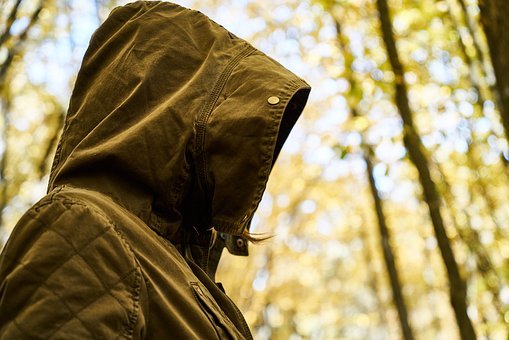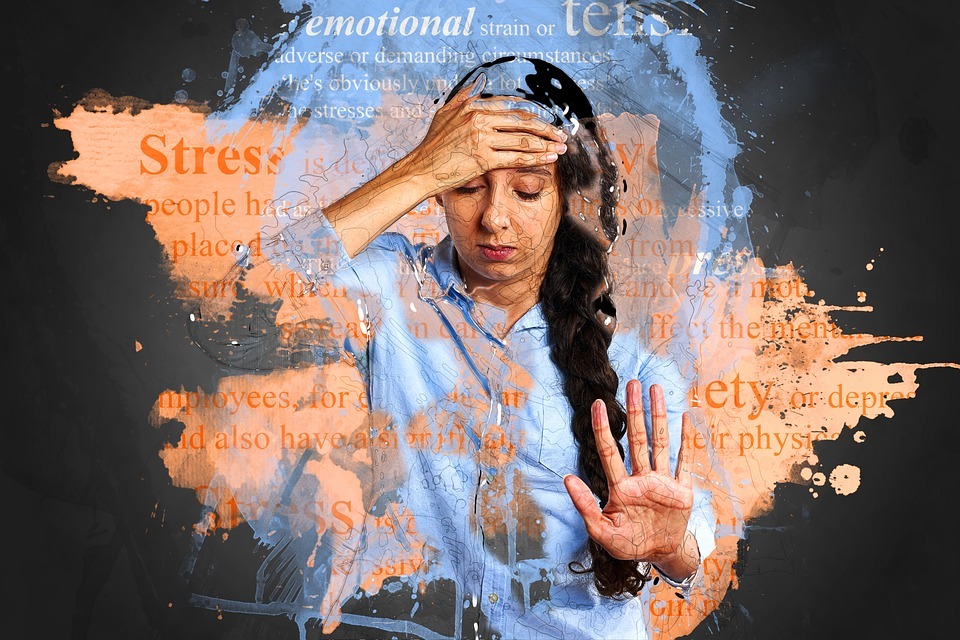Could you be suffering from Bipolar Disorder Unknowingly?
Some facts you should know about Bipolar Disorder
Bipolar disorder, previously called manic depression is a mental health condition that triggers depression and acute mood swings in being high-spirited. The high mood is known as Mania or Hypomania depending on its seriousness. During the bouts of mania, the victim feels extraordinarily energetic, jovial and can be easily annoyed.
Is the society ready?
The society is always quick to judge people suffering from mental health issues. Others treat the disorder as a huge joke terming it as a myth yet people are suffering and all they need is love, support and treatment. Is the society ready to step in and uphold people struggling with mental health conditions?

Symptoms to look out for
· Individuals make poor decisions without much care about the consequences.
· Insomnia
· The victim avoids direct eye contact, hopelessness and a negative view of life.
· Having suicidal thoughts is greater as well as self-harm.
· Anxiety disorders and substance use disorder are commonly related with bipolar disorder.
When an individual is in a depressive phase of bipolar disorder, they are likely to experience continuous feelings of sadness, becomes easily annoyed, withdraws from previously enjoyed activities, guilt, hopelessness, over sleeping or insomnia, fatigue and suicide.
In a serious case of the condition, one may develop symptoms of psychosis a condition still known as severe bipolar disorder with psychotic features. The symptoms include delusions and hallucinations. A major depressive episode can last for at least two weeks and if left untreated can result to suicide.

Bipolar disorder triggers
There are no clear causes established yet but environmental and genetic are the main triggers. Having a history of childhood abuse and a long period of harboring stress can contribute to Environmental risk. The highest percentage which is at 85% risk is attributed to genetics.
There are three types which are;
· Bipolar 1 disorder (mania and depression)
· Bipolar 2 disorder (hypomania and depression)
· Cyclothymia (hypomania and mild depression)
The major difference that sets bipolar 1 and bipolar 2 apart is the gravity of each type of the manic episodes. The mania is more serious with bipolar 1 disorder than with bipolar 2 disorders. An individual going through a manic episode may require hospitalization.
Bipolar 2 disorder can lead to hypomania, which is basically a less serious form of mania. The depressive episode lasts for about two weeks. Individuals experiencing bipolar 2 don’t go through manic episodes to be in need of hospitalization.
Cyclothymia, also referred to as cyclothymic disorder, is a mental condition that an individual shows symptoms of depression and of hypomania.
Treatment
Bipolar can’t be cured. With good support system from family and friends and the right medication, it’s manageable.
The commonly types of treatment used to individuals who has bipolar disorder are psychotherapy, mood stabilizers and antipsychotics .The commonly used mood stabilizers are lithium and a variety of anticonvulsants. If the sick person refuses to take medication and can impose self-harm to themselves or to others, an involuntary treatment is administered to the patient.
Noted changes in an individual behavior such as distress, a short time medication of antipsychotics and benzodiazepines can be used. Antidepressants are not recommended in the periods of mania but if an individual is going through periods of depression, antidepressants can be used together with a mood stabilizer.
In some cases, some patients don’t respond to treatment and therefore, electroconvulsive therapy (ECT) can be used. In case treatment is stopped, it’s advisable that it may be done slowly. The illness comes along with many problems in finances, social and at work place. There is always a higher risk of heart disease which results to death contributed by the side effects from the medication and lifestyle poor choices.
3% of the population in the United States is affected both male and female. Symptoms are known to begin at the age of 25. In the year 1991, $45 Billion was the cost estimated for the disorder. This was categorized by the number of days people missed work which the number was 50 per year.
Social stigma
There are a lot of widespread problems with social stigma, stereotypes, and prejudice against individuals who has been diagnosed with bipolar disorder. The society is yet to embrace individuals with mental health conditions and this has contributed to bottling up and shying off from openly discussing the condition.
Why is the society always quick to judge and draw conclusions on individuals going through mental health conditions? Some bottle up to avoid stigmatization which leads to prolonged suffering. Let’s show love and be our brother’s keeper to people with mental health conditions.
Advise them to seek medical attention and always assure them that they can thrive back to their old self again.


